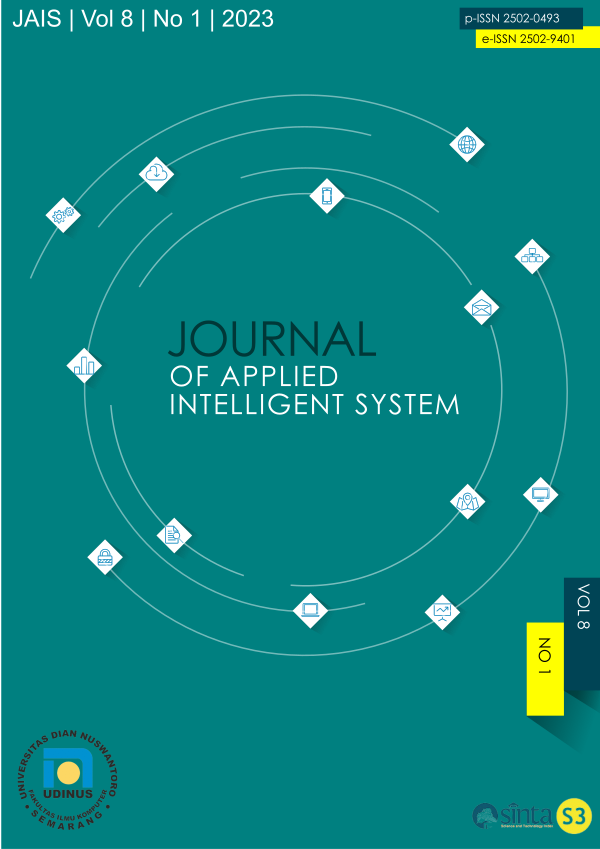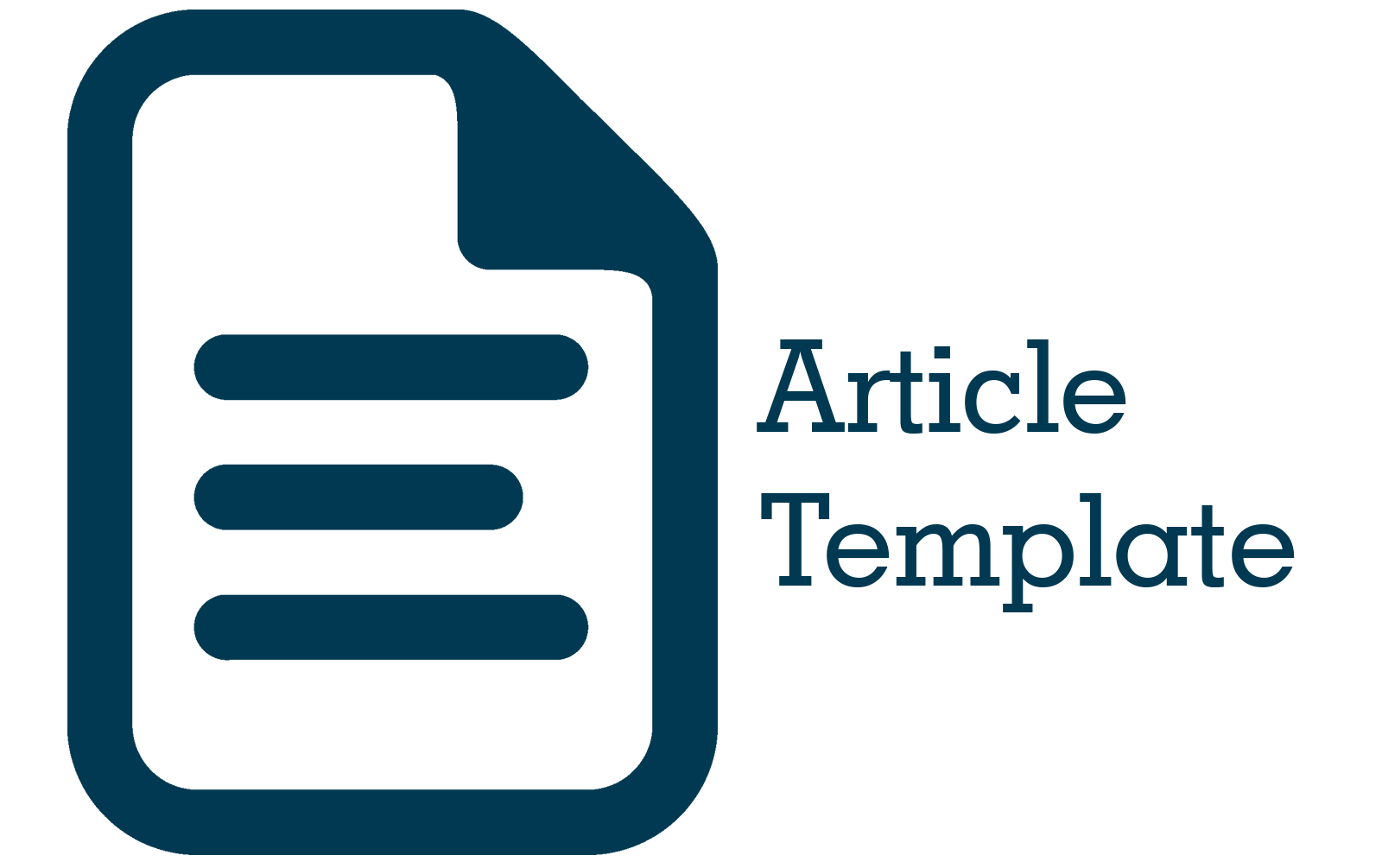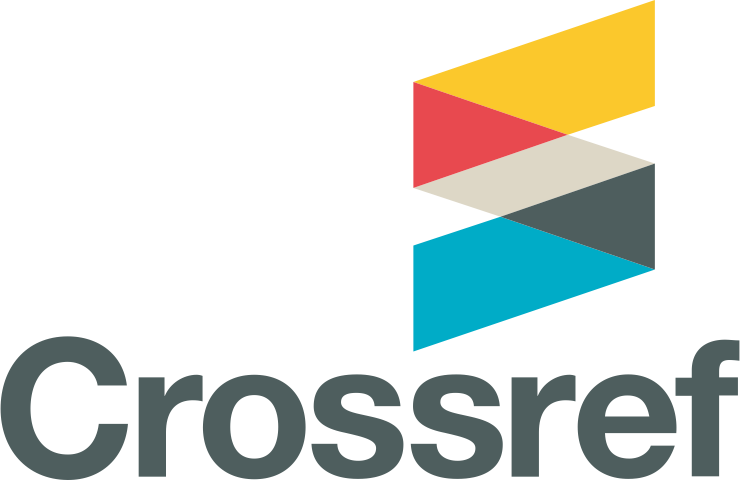Implementation of Temperature and Humidity Control Devices in IOT-Based Hydrophonic Peppermint Cultivation at Sufiagrifarm Slawi
DOI:
https://doi.org/10.33633/jais.v8i1.7171Abstract
Along with the rapid development of existing technology, especially in the field of information and the Internet of Thinks ( IoT ), which is developing so fast and producing a lot of benefits to help humans both in the field of education and in manufacturing and agriculture. But at this time there are still so many technologies that still cannot be implemented in certain fields, for example like agriculture, where everything is still done manually so that it takes a lot of time, costs and also more energy in the process. Such as the constraints that exist with Sufiagrifarm, where in this case to meet the needs of temperature and humidity in Peppermint plants that use a hydrophonic planting system it is still done manually by spraying the plants with a spray that produces dew. Given these problems, this research aims to assist Sufiagrifarm in overcoming problems in regulating temperature and humidity in peppermint plants so that temperature and humidity compliance in peppermint plants can be carried out automatically and can be monitored in real time. Development in this method is carried out using the SDLC Waterfall method. This application was created using the Java programming language using the MITApp inventor platform, for the tool itself it was made using an Arduino microcontroller with the C programming language supported by several other devices such as Thingspeak. The results of this study are to help fulfill temperature and humidity in peppermint cultivation at Sufiagrifarm.References
Arafat, “SISTEM PENGAMANAN PINTU RUMAH BERBASIS Internet Of Things (IoT) Dengan ESP8266,” J. Ilm. Fak. Tek. “Technologia,” vol. 195, no. 4279, p. 639, 1977, doi: 10.1126/science.195.4279.639.
O. Irnawati, “Implementasi Metode Waterfall Pada Sistem Informasi Stock Opname,”
Indones. J. Softw. Eng., vol. 4, no. 1, pp. 202–211, 2018, doi: 10.31294/ijse.v4i1.6301.
A. A. Wahid, “Analisis Metode Waterfall Untuk Pengembangan Sistem Informasi,” J. Ilmu- ilmu Inform. dan Manaj. STMIK, no. November, pp. 1–5, 2020.
R. Andarsyah and R. Abdul Ghani Siherli, “Analisis Dan Implementasi Aplikasi Pembayaran Instan Menggunakan Virtual Account Berbasis Android Pada Pt. Pos Indonesia (Persero),” J. Tek. Inform., vol. 12, no. 1, pp. 15–21, 2020.
S. Samsugi, A. Ardiansyah, and D. Kastutara, “Arduino dan Modul Wifi ESP8266 sebagai Media Kendali Jarak Jauh dengan antarmuka Berbasis Android,” J. Teknoinfo, vol. 12, no. 1, p. 23, 2018, doi: 10.33365/jti.v12i1.42.
P. Astuti, “Penggunaan Metode Black Box Testing (Boundary Value Analysis) Pada Sistem Akademik (Sma/Smk),” Fakt. Exacta, vol. 11, no. 2, p. 186, 2018, doi: 10.30998/faktorexacta.v11i2.2510.
J. R. Fauzi, “Algoritma Dan Flowchart Dalam Menyelesaikan Suatu Masalah,” J. Tek. Inform., 2020, [Online]. Available: https://www.academia.edu/44752713/MAKALAH_ALGORITMA_DAN_FLOWCHART
M. Tabrani and I. Rezqy Aghniya, “Implementasi Metode Waterfall Pada Program Simpan Pinjam Koperasi Subur Jaya Mandiri Subang,” J. Interkom J. Publ. Ilm. Bid. Teknol. Inf. dan Komun., vol. 14, no. 1, pp. 44–53, 2020, doi: 10.35969/interkom.v14i1.65.
H. Kurniawan, W. Apriliah, I. Kurnia, and D. Firmansyah, “Penerapan Metode Waterfall Dalam Perancangan Sistem Informasi Penggajian Pada Smk Bina Karya Karawang,” J. Interkom J. Publ. Ilm. Bid. Teknol. Inf. dan Komun., vol. 14, no. 4, pp. 13–23, 2021, doi: 10.35969/interkom.v14i4.78.
M. Fowler, “UML Distilled: A Brief Guide to the Standard Object Modeling Language,” pp. 1–118, [Online]. Available: https://www.ptonline.com/articles/how-to-get-better-mfi- results
N. A. Maiyendra, “Perancangan Sistem Informasi Promosi Tour Wisata Dan Pemesanan Paket Tour Wisata Daerah Kerinci Jambi Pada Cv. Rinai Berbasis Open Source,” Jursima, vol. 7, no. 1, p. 1, 2019, doi: 10.47024/js.v7i1.164.
A. P. Zanofa, R. Arrahman, M. Bakri, and A. Budiman, “Pintu Gerbang Otomatis Berbasis Mikrokontroler Arduino Uno R3,” J. Tek. dan Sist. Komput., vol. 1, no. 1, pp. 22–27, 2020, doi: 10.33365/jtikom.v1i1.76.
A. Afrizal Subhan, “Rancang Bangun Aplikasi Pembelajaran Dasar Pemrograman Berbasis
Mobile Phone,” J. Tek. Inform. Politek. Sekayu, vol. 6, no. 1, pp. 4–19, 2017.
A. Ardian and Y. Fernando, “Sistem Informasi Manajemen Lelang Kendaraan Berbasis Mobile (Studi Kasus Mandiri Tunas Finance),” J. Teknol. dan Sist. Inf., vol. 1, no. 2, pp. 10– 16, 2020, [Online]. Available: http://jim.teknokrat.ac.id/index.php/JTSI
A. feri, R. Syelly, and P. Studi Teknik Komputer Sekolah Tinggi Teknologi Payakumbuh JlKhatib Sulaiman Sawah Padang Kota Payakumbuh, “Rancang Bangun Sistem Pengatur Suhu Dan Kelembaban Pada Kubung Jamur Tiram Menggunakan Sensor Dht 11 Dan Arduino,” J. SIMTIKA, vol. 4, no. 1, pp. 14–20, 2022, [Online]. Available: https://www.circuito.io/
S. I. Dody, Hidayat, “Platform Thingspeak,” Univ. Sriwij., vol. 4, no. April, pp. 525–530, 2021, [Online]. Available: http://edocs.ilkom.unsri.ac.id/474/1/09011181320003_Ulan Purnama Sari_TASK2.pdf
Downloads
Published
Issue
Section
License
- Authors retain copyright and grant the journal right of first publication with the work simultaneously licensed under a Creative Commons Attribution License that allows others to share the work with an acknowledgment of the work's authorship and initial publication in this journal.
- Authors are able to enter into separate, additional contractual arrangements for the non-exclusive distribution of the journal's published version of the work (e.g., post it to an institutional repository or publish it in a book), with an acknowledgment of its initial publication in this journal.
- Authors are permitted and encouraged to post their work online (e.g., in institutional repositories or on their website) prior to and during the submission process, as it can lead to productive exchanges, as well as earlier and greater citation of published work (See The Effect of Open Access).









